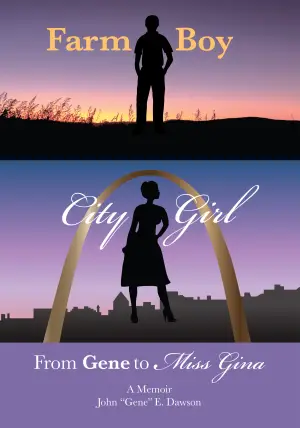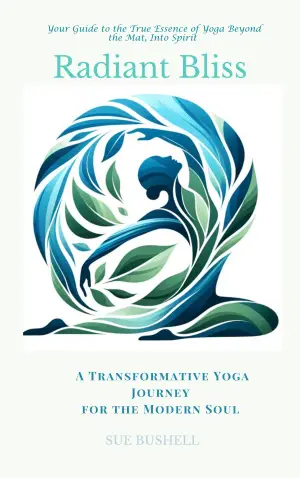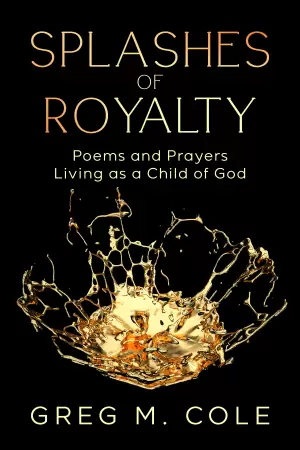A Journey Through Obsession: My Thoughts on Happiness Forever
When I first stumbled upon Happiness Forever by M. G. Love, I was instantly intrigued by the premise of a woman navigating her tumultuous path to healing, intertwined with the complexities of therapy and obsession. Having read many novels that explore mental health, I was curious to see how this one would connect the dots between vulnerability and the search for fulfillment. However, after immersing myself in Sylvie’s world, I find myself at a crossroads of appreciation and perplexity.
At its heart, Happiness Forever introduces us to Sylvie, a 30-year-old reeling from the aftermath of an abusive relationship. Here lies a rich canvas painted with themes of trauma, healing, and the often blurry line between admiration and obsession. Sylvie’s fixation on her unnamed therapist feels both relatable and cautionary—a mix of yearning and introspection that most readers can understand, even if it’s not represented in the most dramatic fashion. The narrative invites us into Sylvie’s life, filled with therapy sessions, quirky friendships, and heartfelt discussions about personal growth and her peculiar obsessions.
One aspect of the book I can’t ignore is the writing style. M. G. Love’s prose is fluid and engaging, yet it risks becoming too meandering, mirroring Sylvie’s own mental distractions. While the author captures some poignant moments, such as Sylvie’s banter with her therapist, at times, their exchanges feel like standard therapy clichés instead of deep, rich revelations. This fact can lead to moments of frustration, especially as Sylvie grapples with her feelings but doesn’t seem to progress in a meaningful way. The dialogue occasionally takes on a lackluster quality, lacking the spark that keeps a reader engaged.
As for the recurring symbols and motifs—Pierrot the clown, the brain-damaged dog, and discussions of “worlds”—I found myself grappling with their significance. While some may see depth in these details, for me, they often felt like distractions rather than enlightening connections. It left me longing for a clearer thematic thread linking them to Sylvie’s journey.
Then there’s Chloe, Sylvie’s new friend, who mirrors much of her emotional landscape. However, their interactions can come across as repetitive, often circling back to Sylvie’s therapy and obsession without cycling through much variety in conversation. I was left wondering about Chloe’s role—was she a supportive friend or an enabler? The dynamics of their friendship posed more questions than provided clarity, which added to my overall dissatisfaction with character development.
While I may not have resonated deeply with Happiness Forever, I believe its appeal lies in its portrayal of the human condition—how we navigate our scars while craving connection. For readers interested in a more subdued exploration of obsession and the healing process, this novel might resonate in a unique way. If you’re someone who appreciates character-driven narratives over plot-heavy twists, you may find this book’s gentle pacing soothing.
In conclusion, while Happiness Forever left me feeling somewhat bored and disconnected from Sylvie’s journey, I can recognize its merits in the careful exploration of introspection and the complexity of human emotions. For those willing to sit with these themes without the expectation of dramatic flourishes, there’s a contemplative experience awaiting within these pages. Just be prepared for a slower, more introspective ride.












